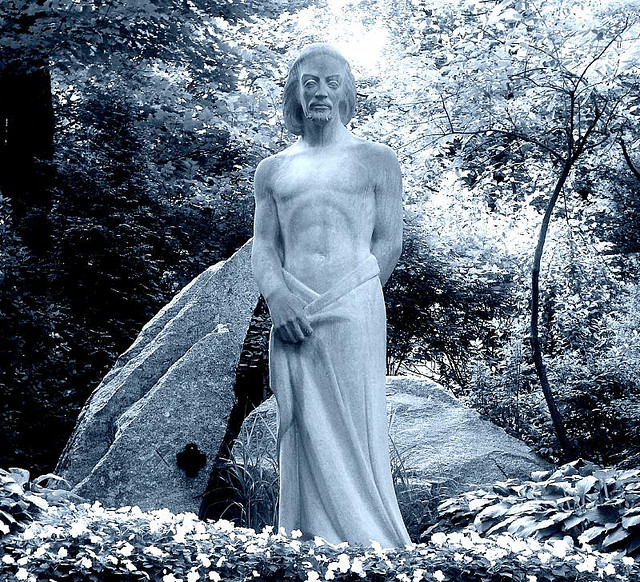Tag: Contemplative Practice
-

Who’s Going to Be My Pagan Jesus?
I started reading a book yesterday called Contemplative Practices in Action: Spirituality, Meditation, and Health. It’s an academic volume which seeks to demonstrate that contemplative practices have positive affects on the lives of those who engage in them. It’s of personal interest to me for a number of reasons. First, I would like to see […]
-

Contemplation Is Right Action
What, I wonder, are the differences between a contemplative practice and a devotional practice? I’ve read a lot about devotional polytheism this morning. I read Galina Krassova’s first installment of her Fundamentals of Polytheism series, “We Don’t Need No Stinkin’ Theories,” and Galina places a great deal of focus on the development of a devotional […]


